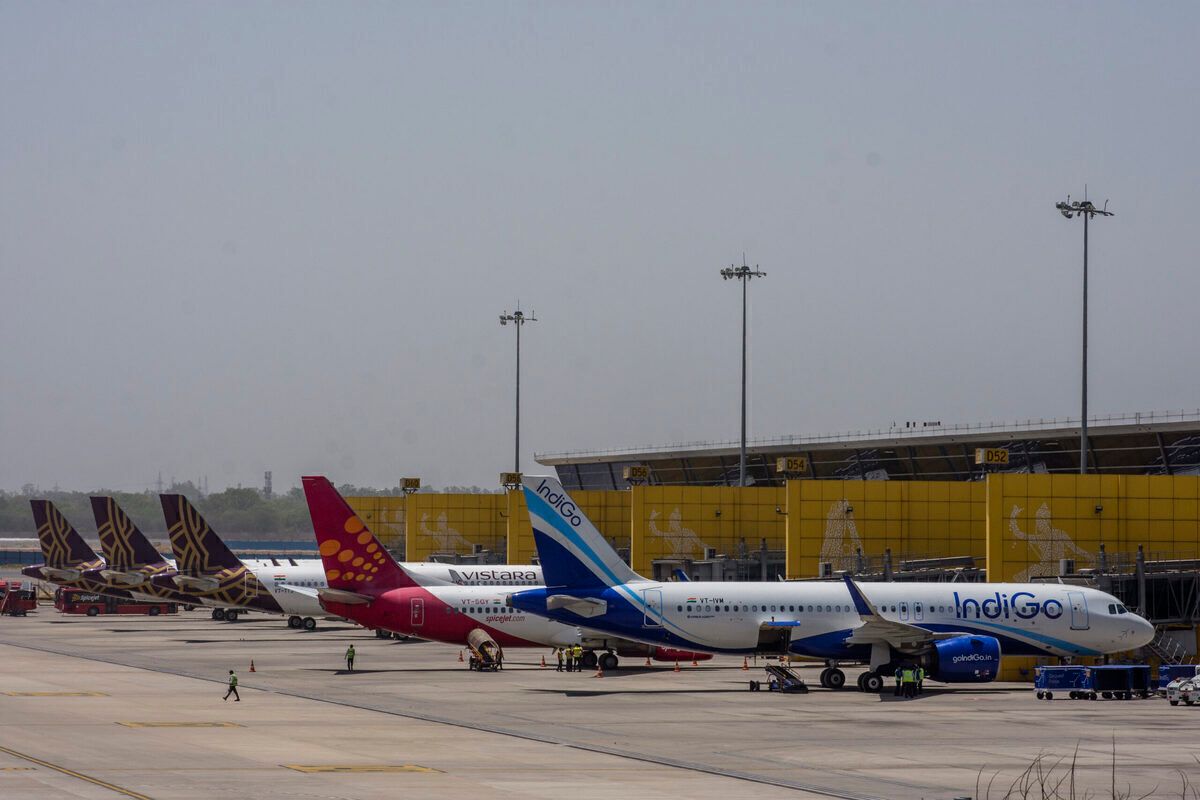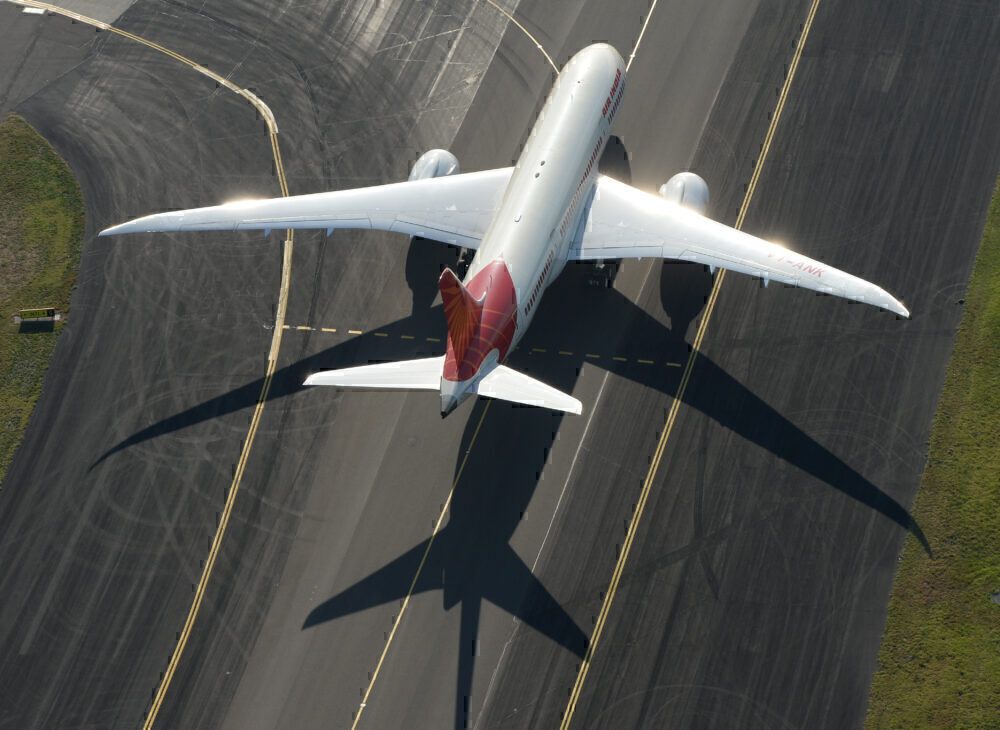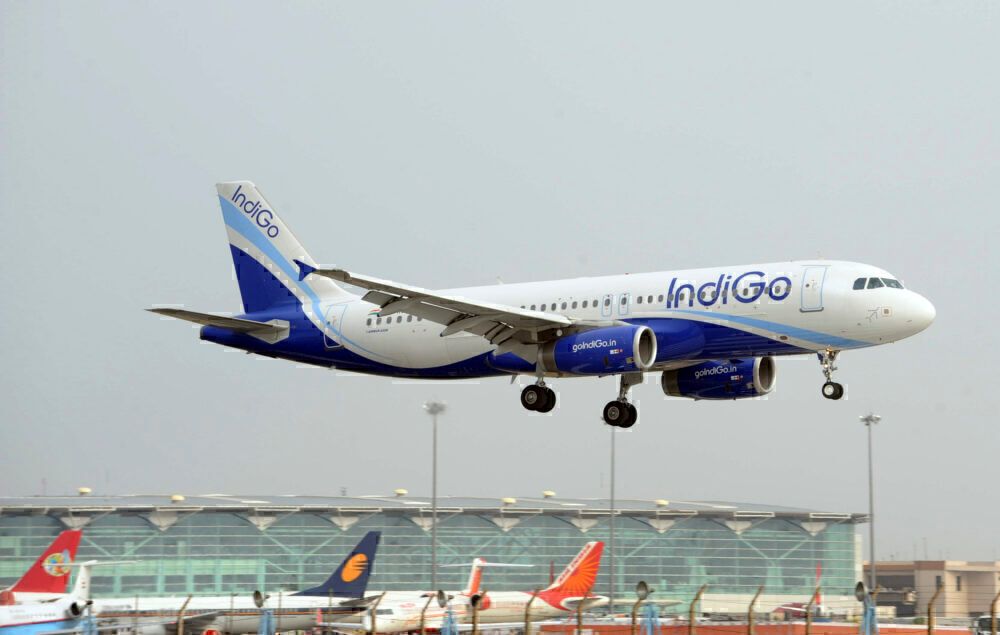As the second wave continues to spread, Indian airlines have sharply cut their seat capacities. The move comes as domestic flights see fewer passengers and India remains banned by countries globally. Let's find out more about the impact of the second wave on airlines.
Stay informed: Sign up for our daily and weekly aviation news digests.
Slashed
According to an OAG report, India has slashed the number of monthly seats on sale. For May 2021, airlines in South Asia have cut capacity by a massive 15.1%, or 2.4 million seats. This drop has been due to reduced domestic demand and international traffic all but gone due to travel bans.
Data shows that daily domestic passengers fell below 100,000 for the first time in over six months. Sunday (May 9th) saw just 87,372 travelers take to the skies across India, the lowest point since last August, just months after domestic flights resumed. Airlines, in kind, have reduced their flying schedules and frequencies across once-popular routings.
Internationally, the situation is even worse. Travel from India has been restricted by every major market, such as the US, UK, EU, UAE, Saudi Arabia, Maldives, and dozens of others. This has deeply impacted carriers like Air India, for whom long-haul flying is crucial, and further reduced available seat capacity.
Overall
Unlike the first wave, some aviation markets around the world are actually beginning their recovery thanks to vaccine campaigns and falling caseloads. US carriers dominate the top 10 list of biggest airlines (with five spots on the list), while China comes in second (with four spots on the list). Traffic in Europe is also expected to pick up in the coming months as borders reopen.
Meanwhile, IndiGo has slipped from being the 6th biggest airline in the world to the 10th by flights operated in May. The low-cost giant cut flights by 25% due to the second wave and only operated 26,060 flights. This figure will likely continue to fall until cases in India see a substantial drop, which could take weeks, if not more.
Other carriers have been struggling even more, forcing them to defer salaries and decimate capacity. As the financial impact of COVID-19 grows, airlines will have no choice but to cut costs in the near future, which includes reducing employee and operational costs.
Reversed
Perhaps the most disconcerting about the aviation industry's woes is how quickly the situation has changed. Just two months ago, Indian airlines were on a high, getting nearer to pre-pandemic levels every day. International services were also slowly resuming, as countries planned to reopen their borders to Indian tourists.
However, the second wave has erased any gains made by the aviation industry over the last year. More importantly, the healthcare infrastructure and critical supplies have been dwindling, forcing India to import emergency oxygen and fly in other supplies. For now, aviation seems unlikely to recover in the short term.
What do you think about the impact of India's second wave? How long will airlines take to recover? Let us know in the comments!



